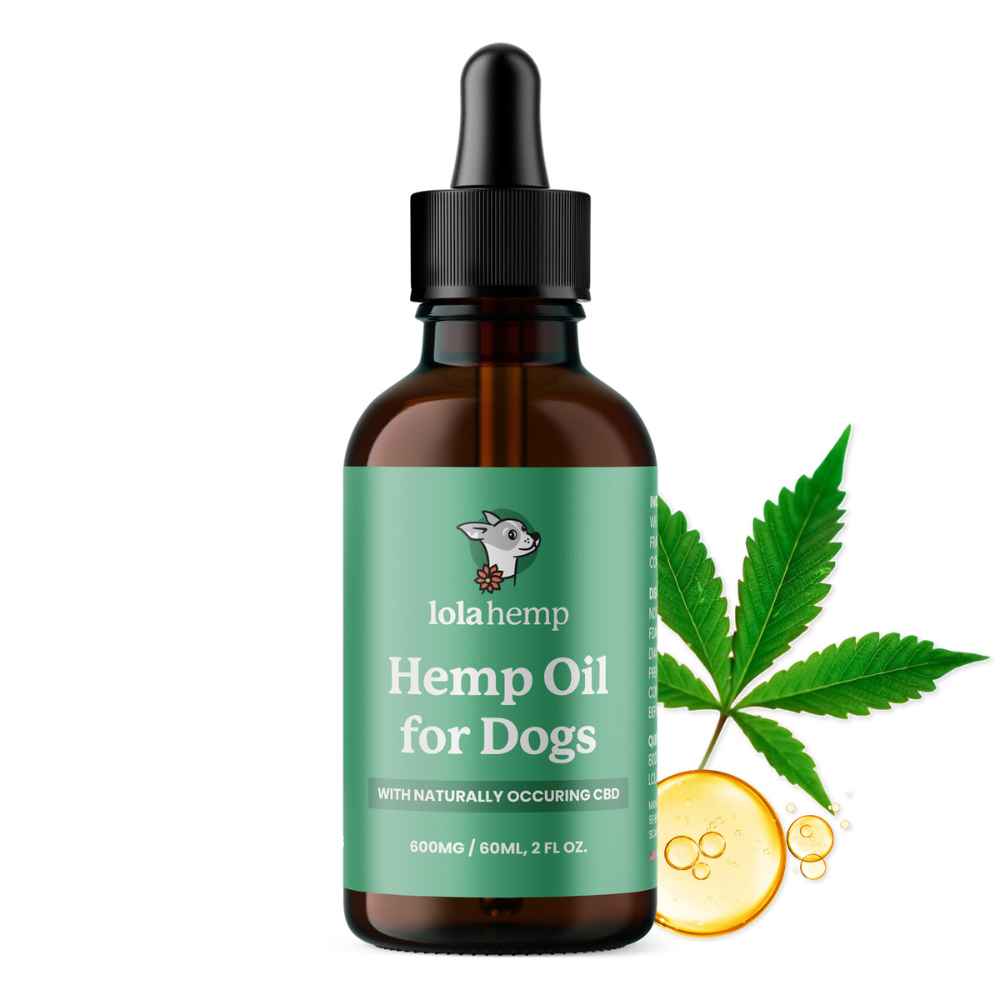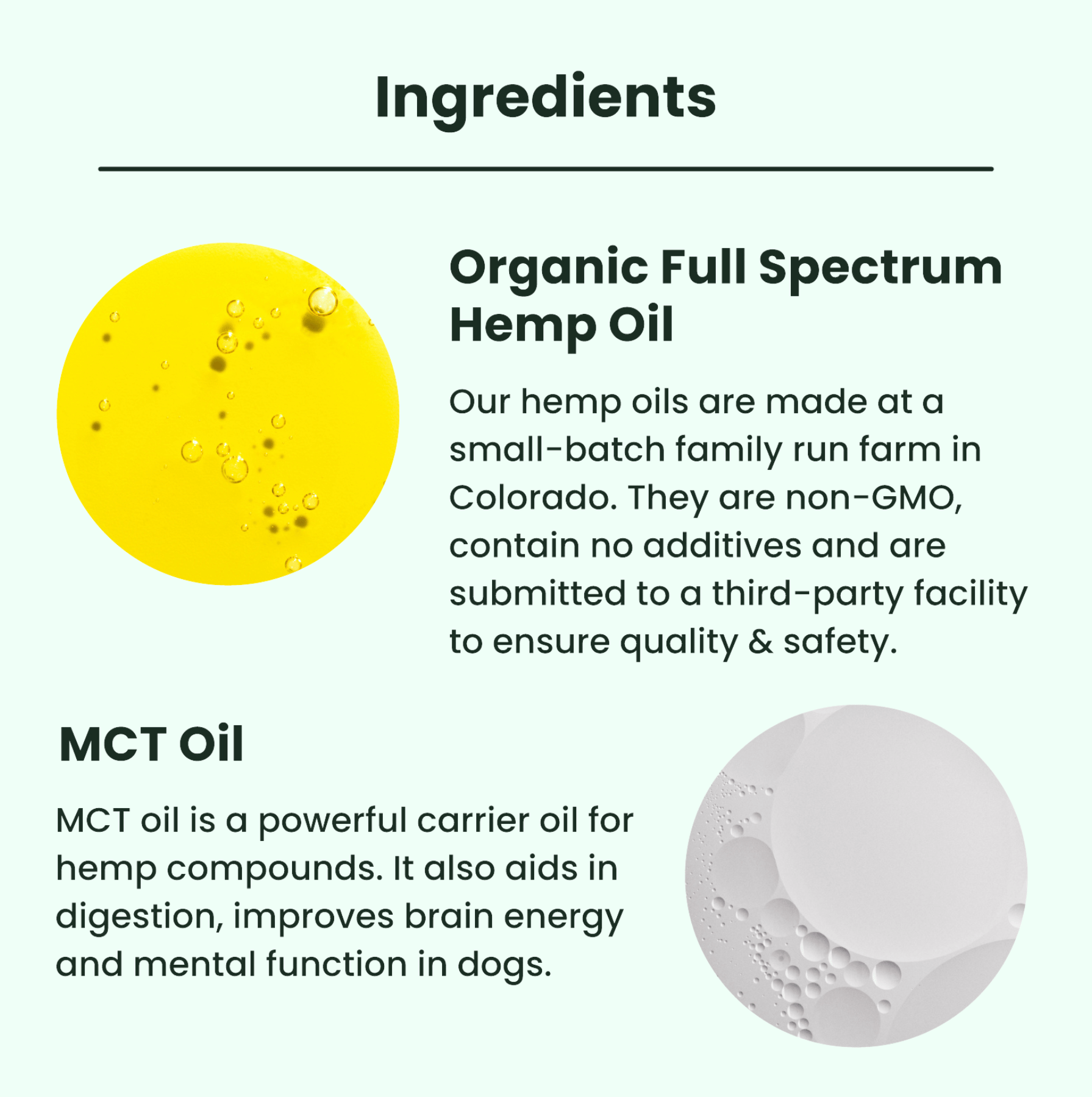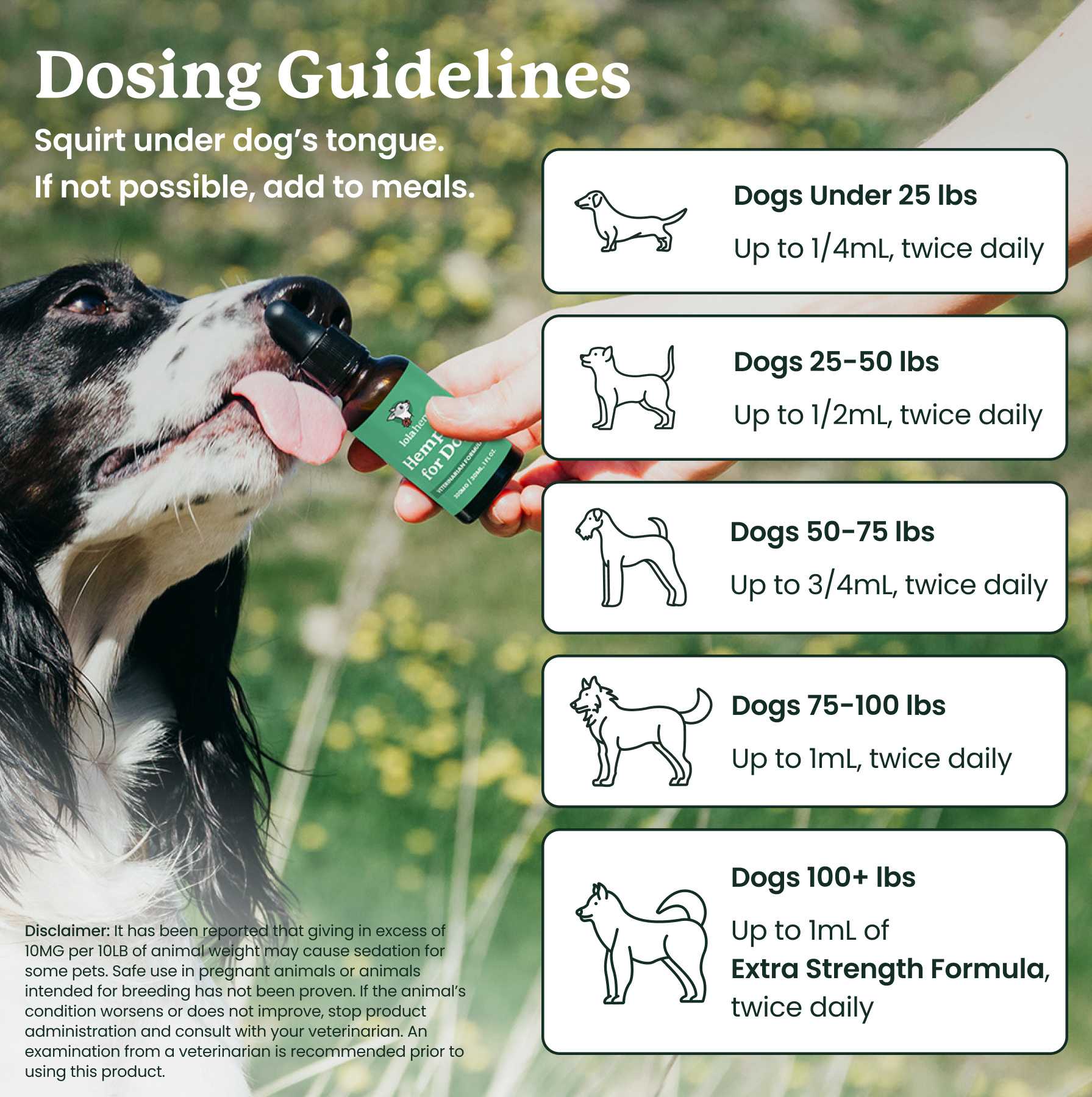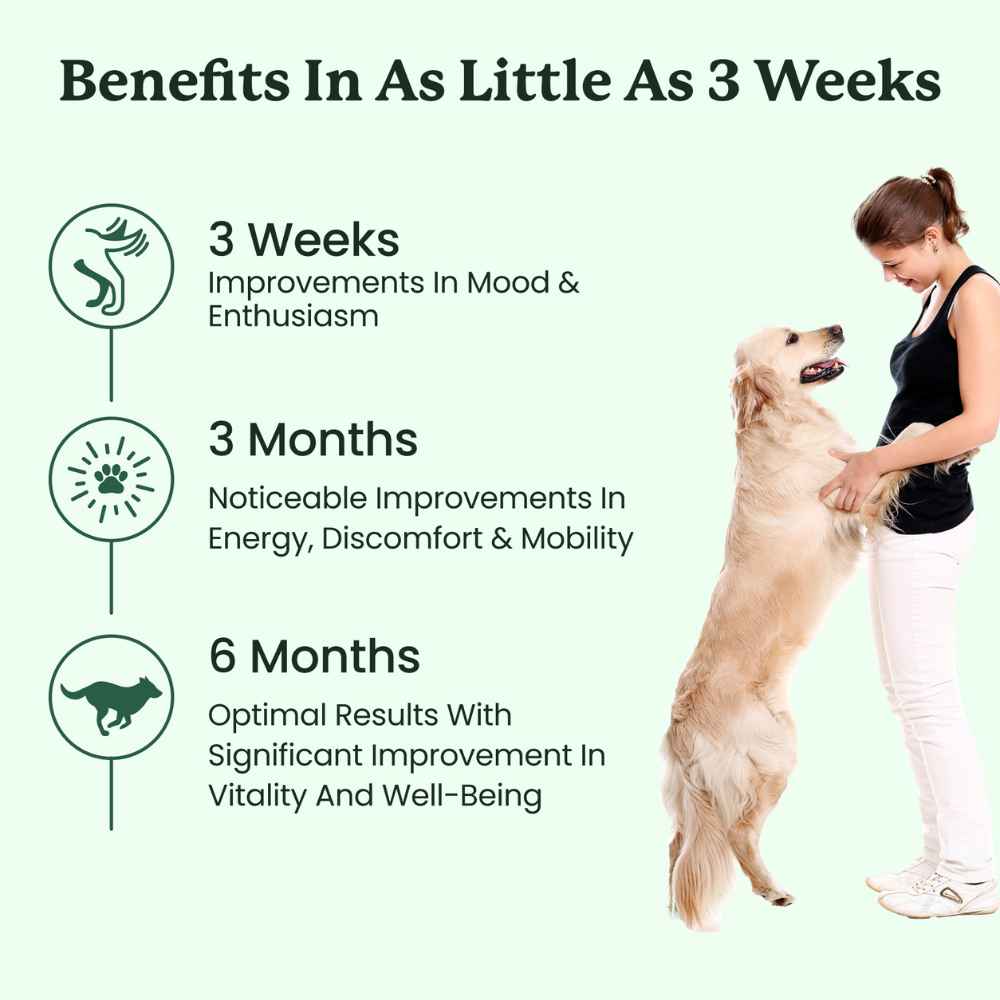Massage therapy is an effective way to improve circulation, relieve muscle tension, support joint flexibility, and even enhance your connection with your dog. The benefits can be far-reaching if you make massage therapy a regular thing for your canine companion, and it differs from other natural pain relief methods in that it does strengthen your bond with your dog.
This article explores some of the benefits and best practices for performing light massage therapy in the comfort of your own home. There are resources available for professional massage, but you may be able to do it best since your dog is most comfortable with you.
Let's take a deeper look.
- How Can Massage Benefit Your Dog?
- How to Massage Your Dog at Home
- When to Seek Professional Help
- Frequently Asked Questions
- 1. How can I tell if my dog needs a massage?
- 2. Can massage help dogs with arthritis?
- 3. Are there any risks to massaging my dog?
- 4. Can I use oils or lotions when massaging my dog?
- 5. How often should I massage my dog?
- 6. What’s the best way to calm my dog before a massage?
- 7. Can massage therapy help with anxiety in dogs?
- 8. What are the signs I should stop the massage?
- 9. Should I massage my dog after exercise?
- 10. When should I seek professional massage therapy for my dog?
How Can Massage Benefit Your Dog?
Massage therapy for dogs offers a range of physical and emotional benefits. Regular sessions can help improve circulation, reduce muscle tension, and enhance flexibility—all while providing a calming, bonding experience for you and your pet.
- Relieves Pain and Discomfort: Ideal for dogs with arthritis, hip dysplasia, or recovering from surgery, massage can help reduce inflammation and alleviate joint pain.
- Improve Circulation: Massage increases blood flow, delivering oxygen and nutrients to tissues and aiding in the removal of toxins.
- Supports Mobility: Improved blood flow and muscle relaxation contribute to better movement and reduced stiffness, particularly in senior dogs.
- Reduces Anxiety: Gentle massage can soothe nervous or anxious dogs, promoting relaxation and stress relief.
- Boosts Immune Function: Stimulating circulation and the lymphatic system can aid in detoxification and overall health.
Whether used as a preventative measure or a therapeutic treatment, canine massage is a versatile tool for enhancing your dog's quality of life.

How to Massage Your Dog at Home
Giving your dog a massage at home is simple and rewarding. Follow these steps to ensure your pet feels comfortable and benefits fully:
- Create a Calm Environment: Find a quiet space where your dog feels safe and relaxed. Dim the lights and use a soft blanket or mat.
- Start with Gentle Strokes: Begin with light, long strokes along your dog’s back to help them relax and get used to your touch.
- Focus on Problem Areas: Use your fingers to gently knead areas prone to stiffness, like the shoulders, hips, and thighs. Apply light pressure and monitor your dog's response.
- Use Circular Motions: For smaller areas, such as joints or the neck, use circular motions with your fingertips to relieve tension.
- Watch for Feedback: Pay attention to your dog’s body language. If they seem uncomfortable, ease up or try a different area.
Remember to keep sessions short and enjoyable, especially if your dog is new to massage. Consistency is key for long-term benefits!
When to Seek Professional Help
While at-home massages can offer significant benefits, some situations may require professional attention. Here’s when you should consider consulting an expert:
- Persistent Pain: If your dog shows signs of ongoing discomfort or pain that doesn’t improve with massage.
- Difficulty Moving: Stiffness, limping, or difficulty getting up and down may indicate a more serious issue.
- Underlying Health Conditions: Conditions like arthritis or hip dysplasia may benefit from targeted techniques provided by a certified animal massage therapist.
- Injury Recovery: For dogs recovering from surgery or an injury, professional rehabilitation can speed up healing and improve mobility.
When in doubt, always consult your veterinarian. They can help determine if professional massage therapy is appropriate for your dog’s needs.
Frequently Asked Questions
1. How can I tell if my dog needs a massage?
Signs your dog might benefit from a massage include stiffness, reduced mobility, soreness after exercise, or signs of stress like pacing or whining. Always consult your vet if unsure.
2. Can massage help dogs with arthritis?
Yes, regular massage can help improve circulation, reduce stiffness, and ease pain in dogs with arthritis. It’s important to use gentle techniques and consult your vet for guidance.
3. Are there any risks to massaging my dog?
Massaging a dog with injuries, open wounds, or certain medical conditions may cause harm. Avoid pressing too hard and consult your vet if your dog has health issues.
4. Can I use oils or lotions when massaging my dog?
Most dogs don’t require oils or lotions for massage, but dog-safe products can help moisturize their skin and provide added benefits. Avoid human products, as some ingredients may be toxic to dogs.
5. How often should I massage my dog?
Frequency depends on your dog’s needs. Active or older dogs may benefit from massages several times a week, while others may only need them occasionally.
6. What’s the best way to calm my dog before a massage?
Choose a quiet, comfortable environment, and start with gentle petting to help your dog relax. Soft music or treats can also encourage calmness.
7. Can massage therapy help with anxiety in dogs?
Yes, massages can help reduce stress and anxiety in dogs by releasing endorphins and promoting relaxation. Focus on slow, calming strokes to soothe your dog.
8. What are the signs I should stop the massage?
If your dog shows signs of discomfort, such as pulling away, growling, or snapping, stop immediately. These behaviors may indicate pain or sensitivity in a particular area.
9. Should I massage my dog after exercise?
Yes, massaging your dog after exercise can help reduce muscle tension, improve recovery, and prevent soreness. Be gentle and avoid overworked or tender areas.
10. When should I seek professional massage therapy for my dog?
Consider professional massage therapy if your dog has chronic pain, limited mobility, or specific medical conditions like hip dysplasia. A certified therapist can provide specialized care. Additionally, massage therapy isn't the best for all kinds of pain and many dogs will require veterinary attention and prescription drugs. Note that you should never give your dog human medications to ease their pain.









